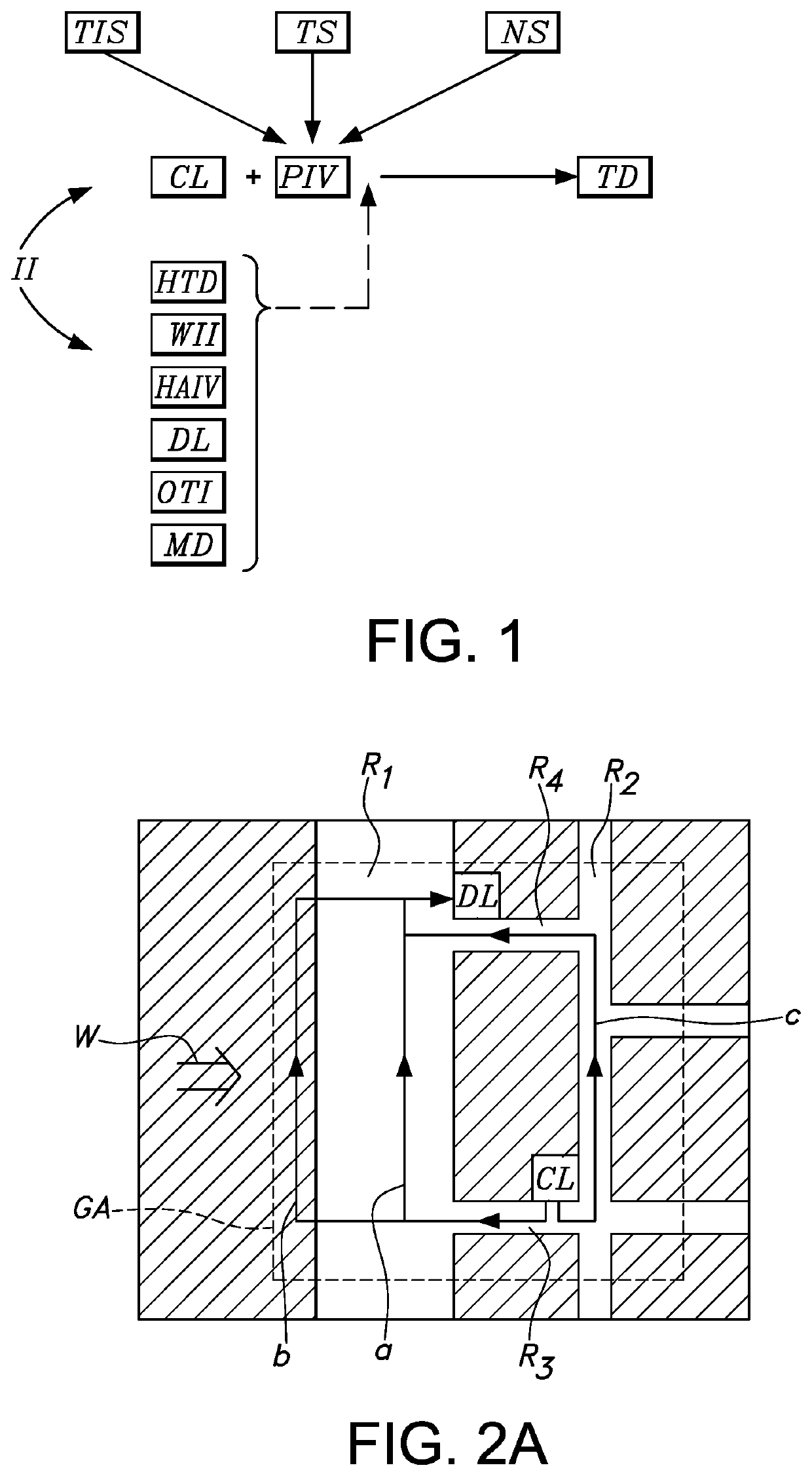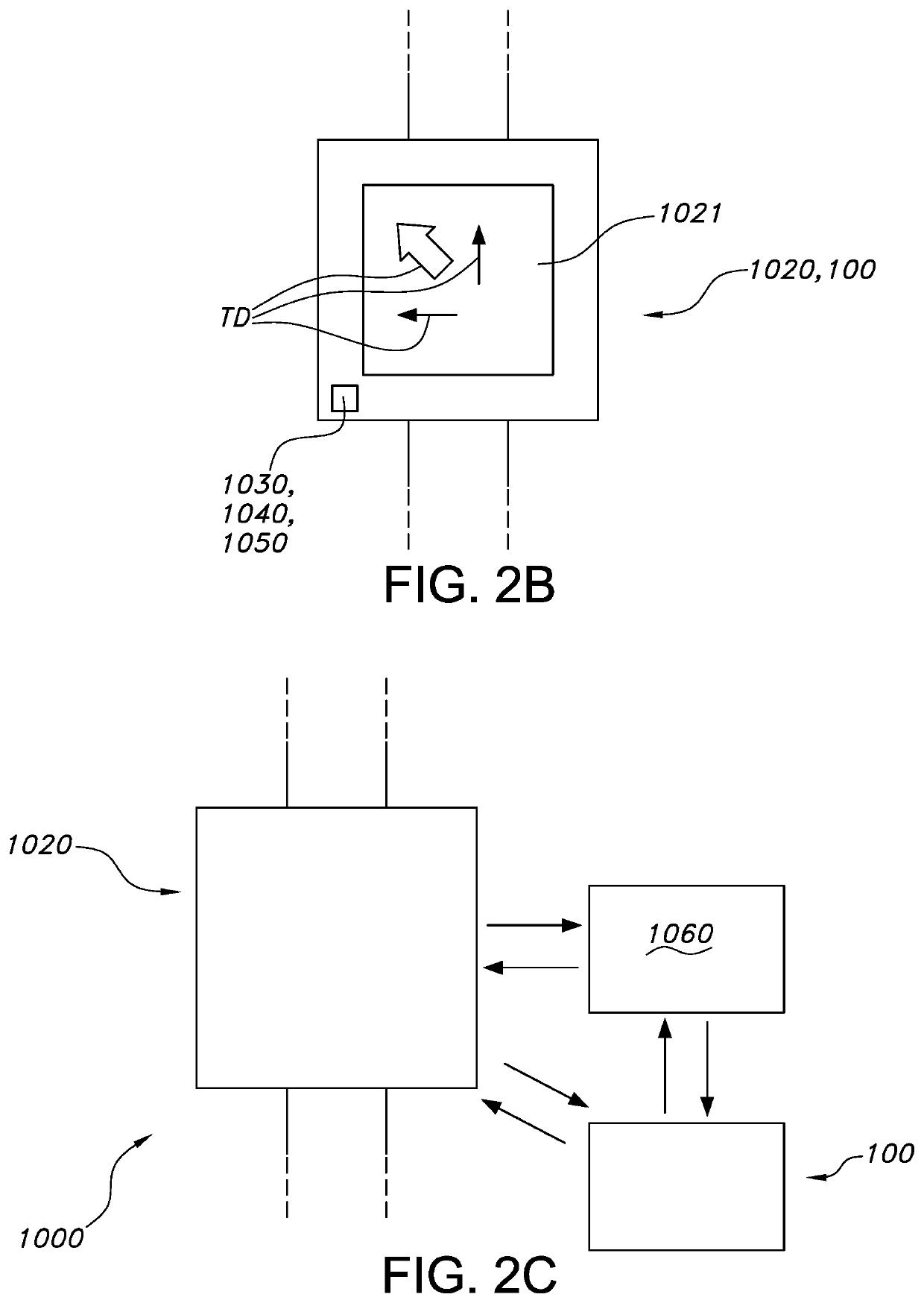Evidence based personalized health advice for polluted air
a polluted air, personalized technology, applied in the direction of instruments, navigation instruments, angiography, etc., can solve the problems of increasing morbidity and mortality from respiratory and cardiac diseases, creating health hazards, and affecting the health of people, so as to avoid respiratory attacks
- Summary
- Abstract
- Description
- Claims
- Application Information
AI Technical Summary
Benefits of technology
Problems solved by technology
Method used
Image
Examples
Embodiment Construction
[0054]Currently, people have no easy way to find out how polluted their immediate surrounding is and what to do about it. Devices that can measure such pollution are heavy, cumbersome and expensive. In addition almost nobody can quantify the consequences of activity. On the internet data are available, but that data may not be accurate enough, and it may be cumbersome to get these data.
[0055]Amongst others, this invention can give a personalized advice on how to react and what to do (depending on the exact configuration). An element may be a clever piece of software running on a mobile phone or a health watch, etcetera. The device may further comprise an accelerometer to monitor the activity of the user, a GPS to monitor the location of the user and to assist in determining the activity level, and an internet connection, e.g. to download data from which the local FP and UFP is calculated. This can easily be extended to include other pollutants such as NOx, ozone etc.
[0056]National g...
PUM
 Login to View More
Login to View More Abstract
Description
Claims
Application Information
 Login to View More
Login to View More - R&D
- Intellectual Property
- Life Sciences
- Materials
- Tech Scout
- Unparalleled Data Quality
- Higher Quality Content
- 60% Fewer Hallucinations
Browse by: Latest US Patents, China's latest patents, Technical Efficacy Thesaurus, Application Domain, Technology Topic, Popular Technical Reports.
© 2025 PatSnap. All rights reserved.Legal|Privacy policy|Modern Slavery Act Transparency Statement|Sitemap|About US| Contact US: help@patsnap.com


